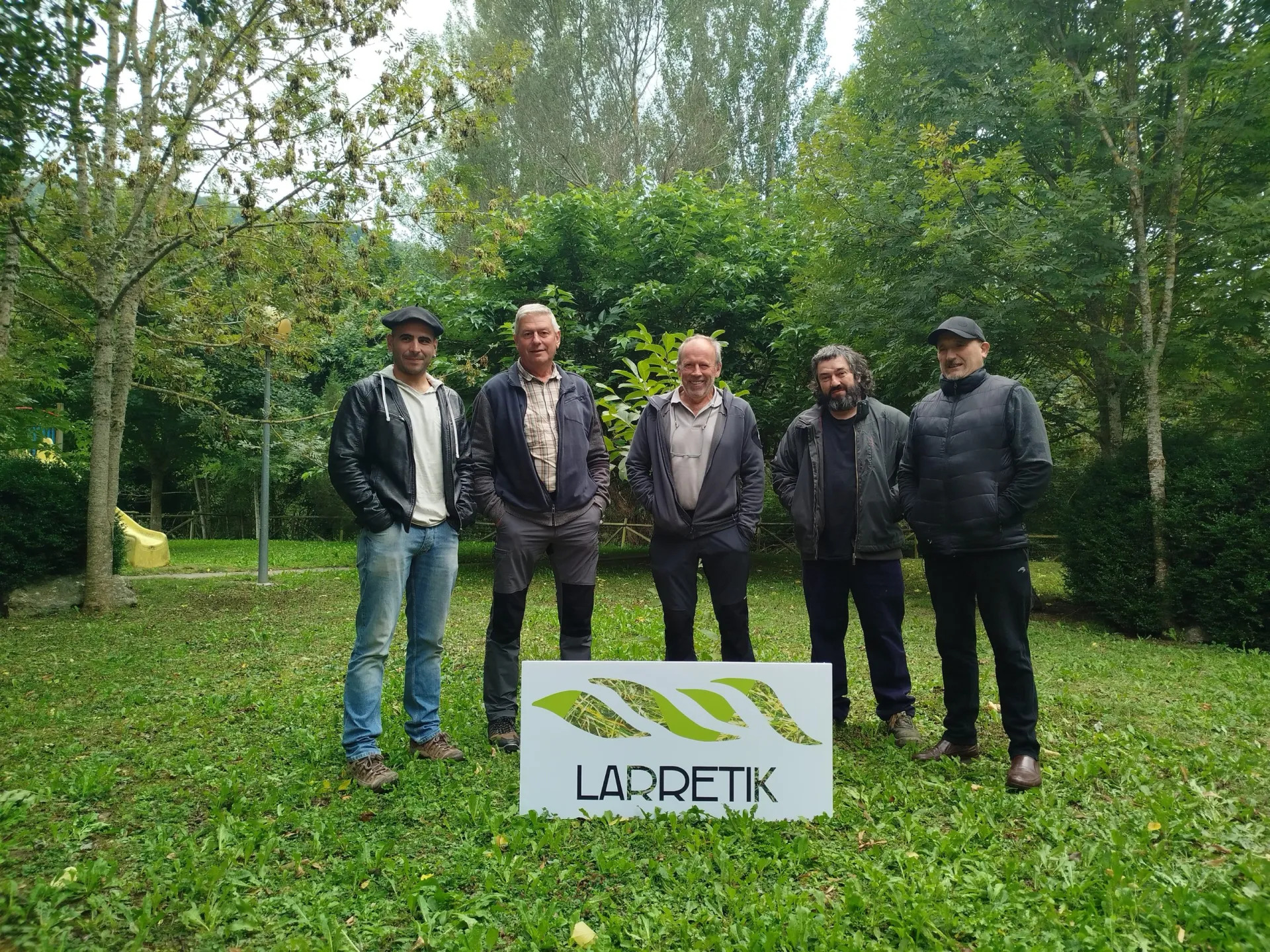
- The Pyrenees Bureau was set up in the framework of the efforts being made in recent years to promote and strengthen the primary sector in the Navarre Pyrenees. In recent years, a diagnosis has been made to identify the deficiencies in the region related to the primary sector, and it has been concluded that they need their own slaughterhouse.

“When we talk about the primary sector in this Pyrenean area, we refer above all to livestock farming, and we have realised that we do not have slaughterhouses here and that meat production cannot close the cycle there,” said Iñaki Zoko, a member of the Larretik project. The Larretik partnership was created this year with the main objective of implementing the Hiltegi project, but also to meet other needs of the primary sector.
Regeneration of the former slaughterhouse in Garralda
In the Pyrenees, an open meeting was held with producers in the primary sector, from which a motor group emerged to take the necessary steps to implement the slaughterhouse project. “Then we realized that most of the slaughterhouses were closed and that the buildings were used for something else, that is, there was no infrastructure.” But there was an exception in Garralda: “The slaughterhouse continued to maintain all the infrastructure and was a good opportunity for our project.”
The adaptation of the former Garralda slaughterhouse to the current rules was essential, but it would be easier than starting from scratch. “In addition, in the year we got to work with the slaughterhouse project, the Government of Navarra decided to make health and hygiene regulations more flexible,” explains Zoko. This change greatly facilitated the reopening of the slaughterhouse. At the moment, the City Council of Garralda has put out a tender to draft the project, which members hope will be completed by November. “We hope that next year the project will be realized and then it will be up to us to bid for the works of adequacy, to define the form of management… for this we create the motor team”.
Consume what is produced in it
Although new and innovative projects have taken place in the Pyrenees in recent years, meat farming has traditionally been the strongest type of farming, as explained by Larretik’s member: “It is true that in recent years new productions have also been created, wanting to do things differently. For example, those who work with dairy cows and pigs, but also taking on the transformation,” he says. But if there are no slaughterhouses in the region, production is mainly directed outward. “Although extensive livestock farming is the main player, there are also some large farms that only fatten animals here. They send it to the outside slaughterhouse and do not recover the meat, transform it, or sell it,” says Zoko.
They want to turn that around with the Larretik project, because the slaughterhouse will also allow them to transform and sell the meat produced in it. “The aim of this project is to close the circuit, and in this we cannot involve only members of the primary sector: it is important to involve businesses, restaurants and citizens in general,” he said.